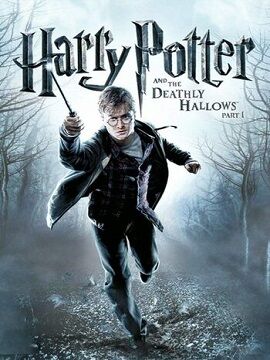
Brand
- Blaklader 8.621
- Sandvik Coromant 7.135
- Mascot 6.618
- ECCO 5.711
- Wonders 5.429
- Routledge 4.146
- Moon Magic 3.425
- BOSS 3.322
- KENZO KIDS 3.029
- Gemini Interiors 3.014
- Velux 2.909
- Nike 2.667
- Neo 2.535
- Ergomat 2.531
- Air Jordan 2.464
- Nobody's Child 2.423
- Style and Chic 2.351
- M&S Collection 2.158
- Life Essentials 2.143
- Sid & Sam 2.092
- Merkel Designers 2.081
- The Home Maker 2.042
- All Things Good 1.954
- Dune London 1.947
- Autograph 1.940
- Portwest 1.930
- Millennium Furniture 1.892
- Slingsby 1.871
- Merlin Deals 1.772
- Tyrell & Tyrell 1.746
- Direct Imports 1.715
- HOBBS 1.711
- Jones Bootmaker 1.704
- Brittle & Co 1.643
- Casper Homes 1.610
- Charlotte Dunes 1.609
- Discount Dealers 1.607
- Savings Store 1.516
- Ray-Ban 1.451
- Decor Base 1.428
- CRC Press 1.418
- Unbeatable Bargains 1.392
- Lyle & Scott 1.325
- Festo 1.321
- FootJoy 1.296
- R and M Furniture 1.242
- KARL LAGERFELD KIDS 1.212
- Outsunny 1.211
- Adidas 1.209
- BIL 1.195
- Seasalt Cornwall 1.182
- Magee 1866 1.170
- Maroxe 1.149
- Sia Abrasives 1.141
- adidas 1.140
- Watco 1.125
- Phase Eight 1.096
- Design Hut 1.052
- MARC JACOBS 1.007
- JAEGER 1.005
- Charles Tyrwhitt 994
- HOMCOM 947
- Sealey 942
- Ted Baker 904
- Whistles 898
- Callaway 888
- Salomon 877
- Pferd 871
- Michael Kors 852
- RO&ZO 846
- GANT 780
- Genware 770
- Carrera 765
- Ghost 746
- Mizuno 741
- Schneider Electric 730
- Oakley 727
- Zadig & Voltaire 726
- Galvin and Galloway 706
- Dormer 703
- Siemens 703
- Tommy Hilfiger 692
- Cobra 655
- Ping 652
- LANVIN 651
- POLICE 631
- Chinti & Parker 622
- Clarks 599
- HUGO 586
- Pandora 586
- Under Armour 579
- Monsoon 569
- Guess 567
- New Balance 562
- Ideal Lux Lighting 556
- Sigrid Mills 554
- HUSH 553
- BAUKJEN 552
- Elstead Lighting 538
- Dunlop BTL 520
Colour
- Black 30.818
- White 12.554
- Blue 9.334
- Brown 7.200
- Grey 6.055
- Navy 5.308
- Green 4.928
- Red 3.895
- Pink 3.704
- black 3.429
Size
Gender
Merchant
- Zoro UK Limited 79.642
- Home Done 41.226
- Marks & Spencer UK 33.797
- Kids around 12.857
- LuisaViaRoma.com 10.483
- Alensa.co.uk 9.856
- Kick Game 8.734
- Your Stylish Home 6.946
- Glisshop uk 6.598
- Routledge 6.230
- RS Components UK 6.175
- gb.ecco.com 6.170
- Wonders - Official Site 5.429
- AndLight.co.uk 5.115
- Golf Gear Direct 3.858
- Belveto 3.850
- Click Golf 3.766
- Moon Magic 3.425
- Lime Lace 3.044
- Luisaviaroma Css 2.841
- Maroxe 2.501
- Suit Direct 2.180
- Nobody's Child - Cabiro 2.018
- Wrong Weather 1.958
- Acorn Fire & Security 1.922
- Workwear Supermarket 1.802
- QD Stores 1.784
- Lyle & Scott 1.325
- Magee 1866 1.170
- Argento 1.048
- Bathshack.com 838
- Police Lifestyle 803
- Grace & Co Jewellery 800
- My-Deco-Shop 765
- AWD IT 748
- Craigmore UK 747
- Building Plastics Online 736
- Cherry Lane 707
- Epoka AS 632
- Essential Photo 607
- Fragrance Rich 506
- Donaghy Bros UK CSS 490
- Holsper 483
- Mobility Smart 477
- Home Living Luxury 473
- Seal Medical 460
- PVC Cladding 445
- Tosoni Selleria 441
- M&S UK 390
- havens.co.uk 387



















